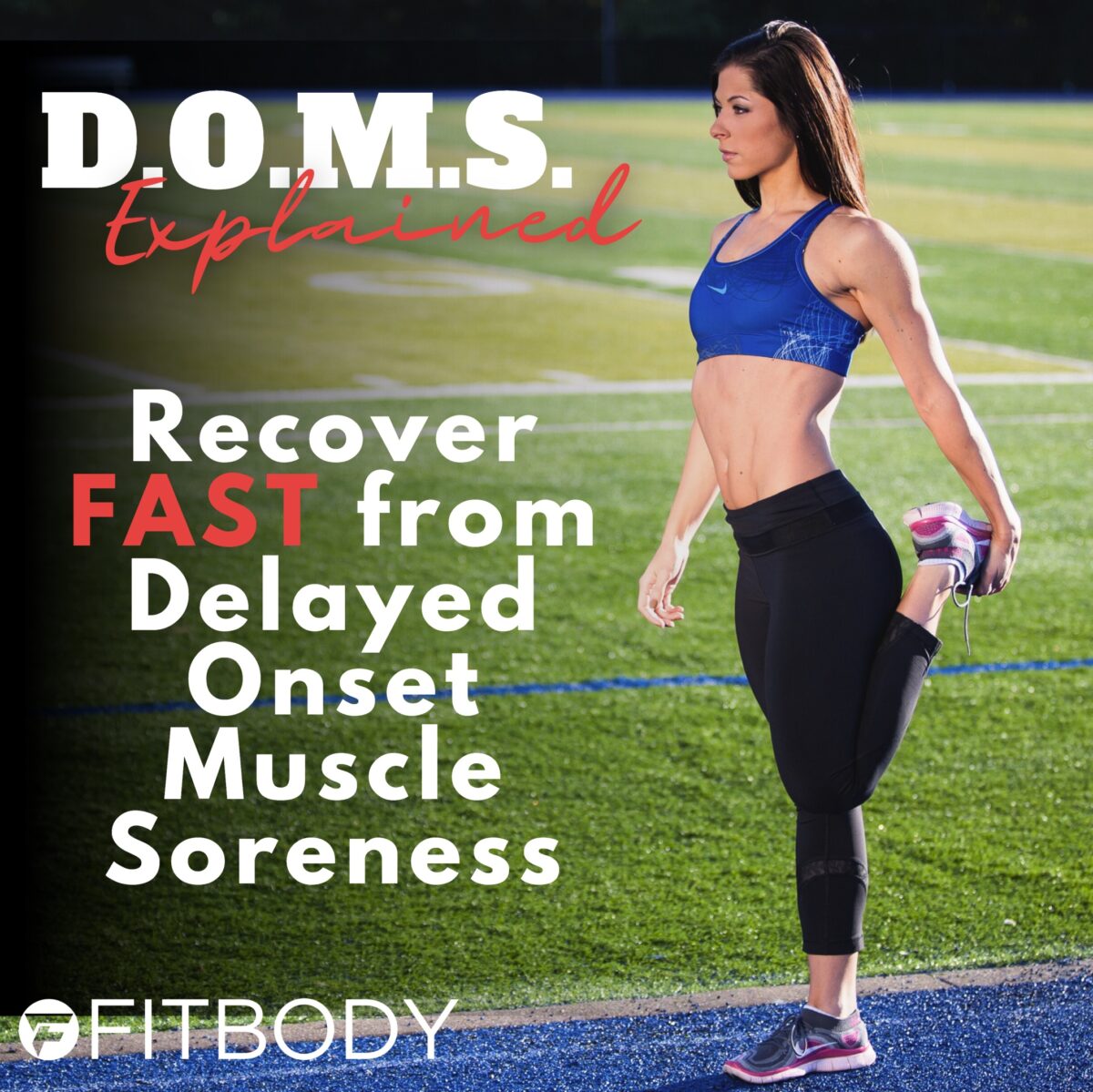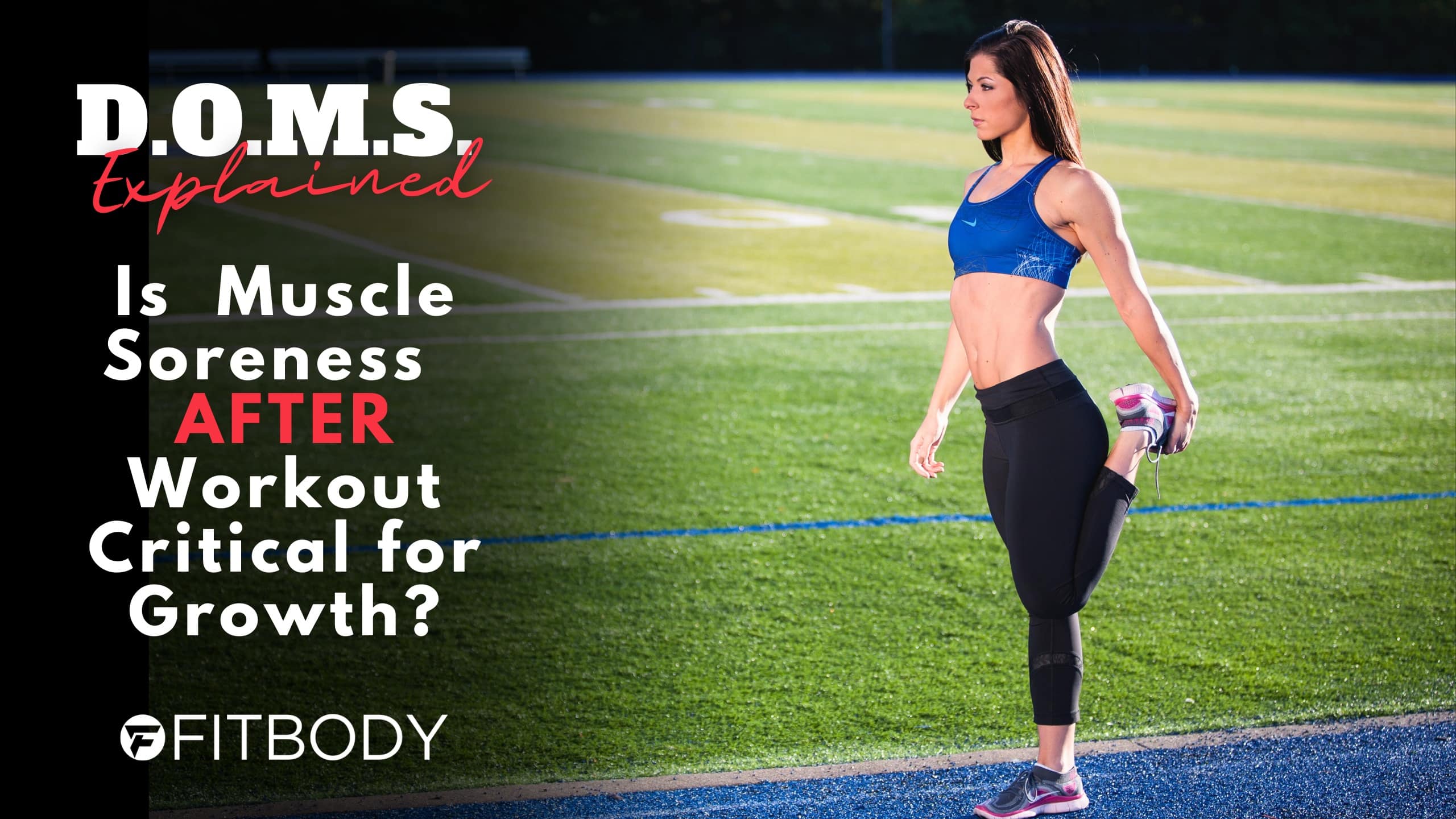
Understanding Delayed Onset Muscle Soreness (DOMS)
As we first begin training, it’s common to encounter Delayed Onset Muscle Soreness (DOMS), a phenomenon many athletes and those who workout experience. Understanding DOMS is crucial in managing it effectively and continuing your fitness regime without unnecessary discomfort or injury. This article aims to demystify DOMS, offering insight into its causes, symptoms, and management strategies as well as answer pressing questions like “is DOMS a sign of muscle growth” Check it out below!
What is DOMS?
Delayed Onset Muscle Soreness, commonly referred to as DOMS, is the muscle pain and stiffness felt several hours to days after unaccustomed or strenuous exercise. This discomfort is a normal response to unusual exertion and is part of an adaptation process that leads to greater stamina and strength as muscles recover and build.
What Causes DOMS
DOMS is typically caused by types of exercise that your body isn’t used to. Especially movements that involve muscle lengthening while force is applied (eccentric exercise), like downhill running or long-distance running, weight training, and jumping exercises. This results in microscopic damage to muscle fibers, followed by inflammation and a shift in fluid and electrolytes.
Symptoms of DOMS
While specific symptoms can vary from person to person, the main symptoms of DOMS include:
- Muscle stiffness
- Tenderness to the touch
- Reduced range of motion due to pain and stiffness
- Swelling in the affected muscles
- Temporary reduction in muscle strength
- Muscle fatigue
These symptoms usually peak around 24 to 72 hours after the exercise.
Managing and Treating DOMS
While there’s no instant cure for DOMS, the following strategies can alleviate symptoms:
- Active Recovery: Light exercise and stretching can enhance blood flow and is beneficial.
- Proper Nutrition: A balanced diet rich in proteins, healthy fats, and antioxidants can aid recovery.
- Hydration: Adequate water intake is essential.
- Rest: Allowing time for the muscles to heal is crucial.
- Pain Relief: Over-the-counter pain relievers can offer temporary relief.
FAQs | Commonly asked questions about Delayed Onset Muscle Soreness
1. Why are my muscles sore days after working out?
Muscle soreness days after a workout is a result of Delayed Onset Muscle Soreness (DOMS). It occurs when muscles are exposed to exercises or activity levels they are not accustomed to, leading to microscopic tears in muscle fibers. This results in inflammation and the characteristic soreness and stiffness.
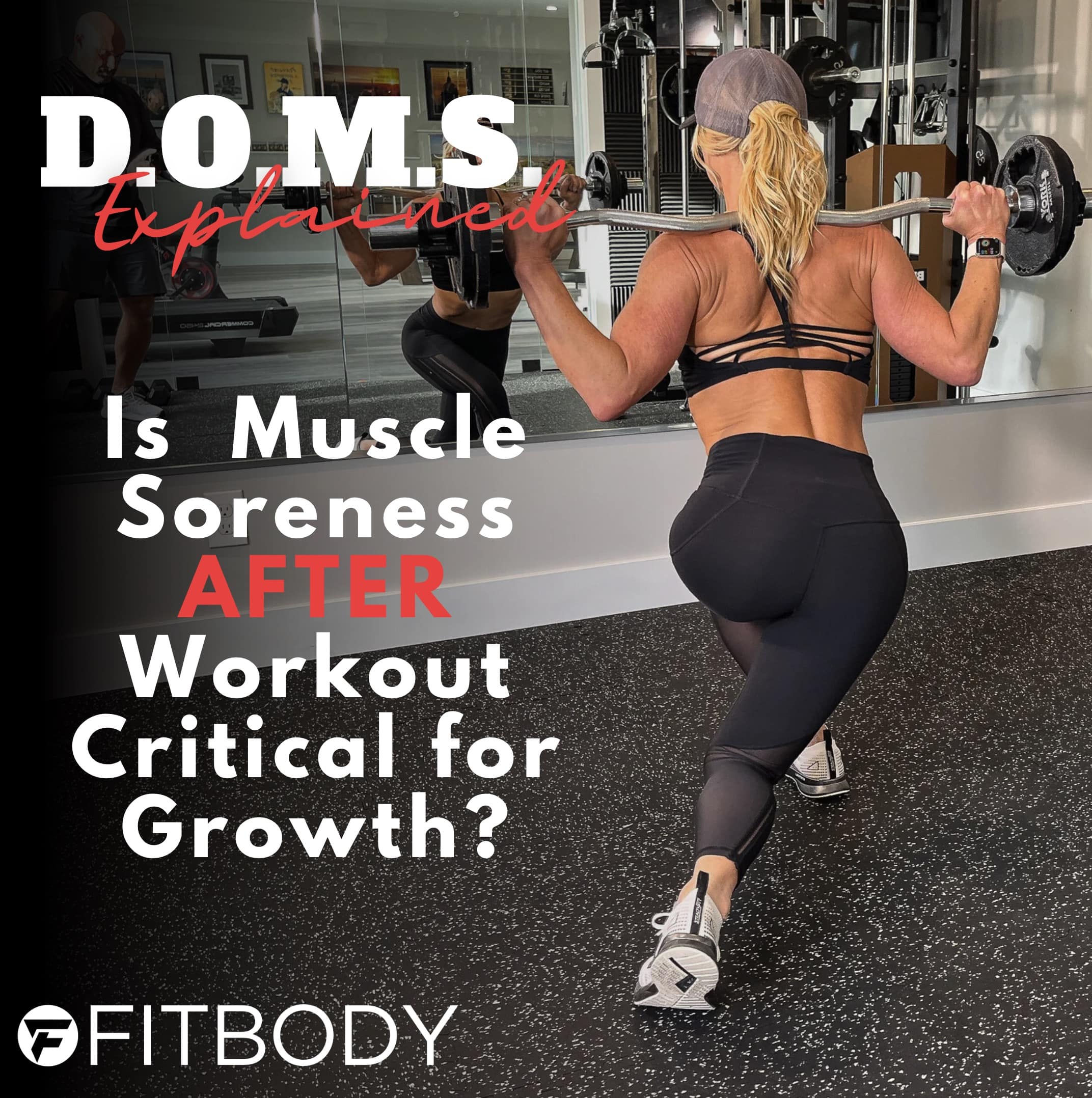
2. How do you treat Delayed Onset Muscle Soreness (DOMS)?
To treat DOMS, engage in active recovery, maintain a balanced diet, stay hydrated, rest adequately, and consider over-the-counter pain relief if necessary. Remember, patience is key as your muscles heal and adapt. If you have severe muscle pain or it lasts longer than you would expect, contact your doctor or medical professional.
3. What does DOMS feel like?
DOMS typically feels like a dull, aching pain in the affected muscles, combined with tenderness and stiffness. This can result in a temporary decrease in muscle strength and a reduced range of motion.
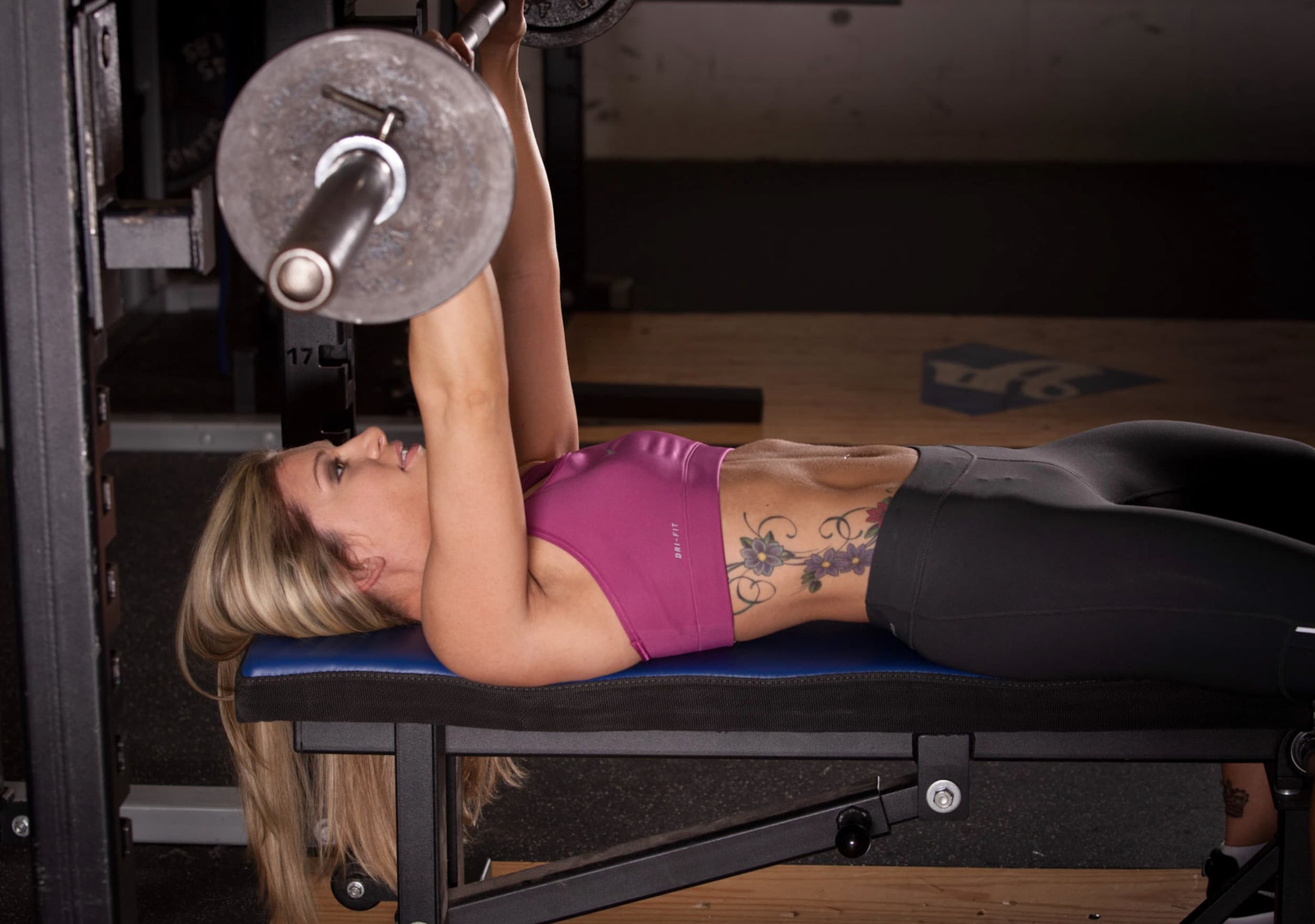
4. Is DOMS a sign of muscle growth?
While delayed onset muscle soreness indicates that your muscles are adapting to new stress, DOMS itself is not a direct indicator of muscle growth. Muscle growth, or hypertrophy, involves the repair and strengthening of muscle fibers over time, typically in response to resistance training. While DOMS indicates that the muscles have been sufficiently stressed to potentially trigger this growth process, it is not a reliable measure of muscle hypertrophy.
It is important to understand that muscle growth is influenced by various factors, including the type of exercise, the intensity and volume of the workout, nutrition, and overall recovery practices. Consistent training, adequate protein intake, and proper rest contribute significantly to muscle growth. Over time, as the muscles adapt to the training regimen, the occurrence and intensity of DOMS may decrease, even though muscle growth continues. Therefore, while experiencing DOMS can be a part of the muscle-building journey, it should not be used as a sole gauge of muscle growth or training effectiveness. Muscle growth is more accurately measured by long-term strength and endurance improvements.
5. How to recover from DOMS faster?
To recover from DOMS faster, prioritize active recovery, balanced nutrition, hydration, and adequate rest. Gentle stretching and light exercise can also expedite the recovery process.
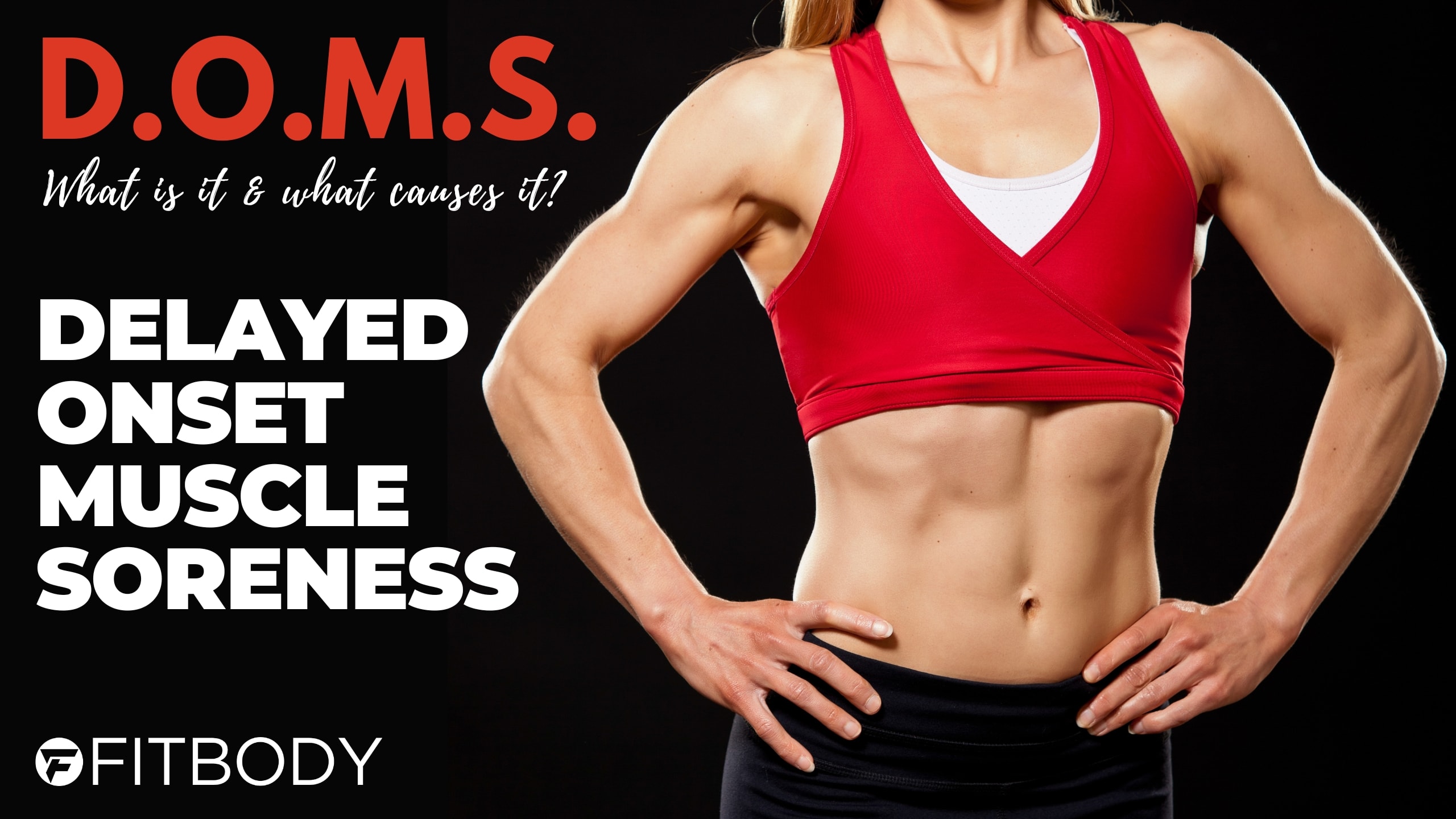
6. Do you have to experience DOMS in order to know you have had a good workout?
Experiencing DOMS is not a requirement for an effective workout. Muscle soreness can indicate that you’ve pushed your muscles harder than usual, but the absence of DOMS doesn’t mean your workout was ineffective.
Understanding and managing DOMS is key to maintaining a consistent and effective fitness routine. Remember, while it can be uncomfortable, DOMS is a natural part of the muscle strengthening process. By applying the right strategies, you can minimize discomfort and continue making progress in your fitness journey. Stay informed, stay patient, and most importantly, stay motivated!
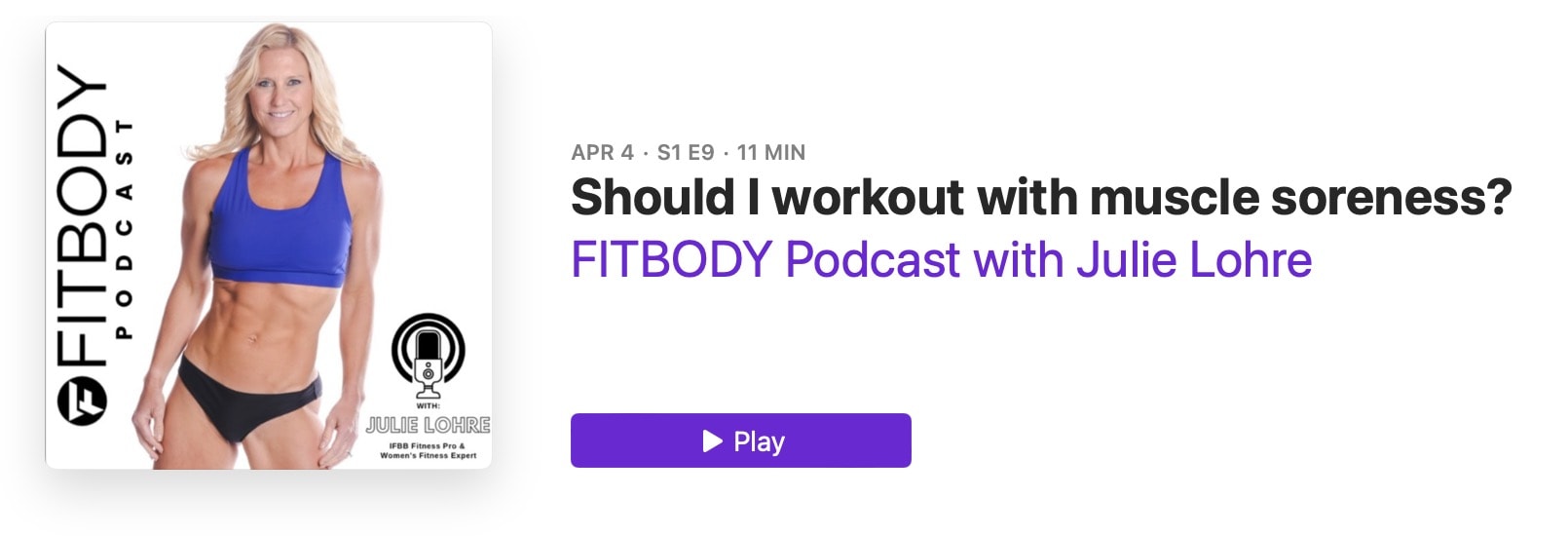
7. Should I workout if my muscles are still sore?
One question I hear frequently from my online fitness coaching clients is whether to work out when your muscles are still sore. Most medical professionals and physical therapist agree that in generally, light to moderate exercise can actually be beneficial even if you’re experiencing muscle soreness like DOMS. This concept is known as active recovery. It involves doing low-intensity workouts that stimulate blood flow to the muscles without overstraining them. Activities like walking, yoga, or light cycling can help reduce stiffness and may even speed up the muscle healing process.
A while back, I changed up my workout routine focusing on lifting very heavy for a 4 week period. Even though I regularly workout, this new routine that was quite intense and hit my muscles in a way that I had not been recently. After the first couple of sessions, my muscles were really sore. Like, hard to sit on the toilet sore!
Despite the soreness, I took the advice I give my clients and decided not to skip my workout days, but instead, I switched to lighter exercises. I did some gentle stretching and yoga, and it really did helped alleviate the soreness quicker than when I used to take complete rest days. This experience confirmed for me that listening to your body and adapting your workout accordingly can be more beneficial than stopping exercise altogether. Remember though, if the soreness is extreme or doesn’t improve with light exercise, it’s wise to rest.
Find out more about Online Personal Training with Julie

Appendix | Scientific Support
- Pexa, Brett S., et al. “Training Load and Current Soreness Predict Future Delayed Onset Muscle Soreness in Collegiate Female Soccer Athletes.” International Journal of Sports Physical Therapy, vol. 18, no. 6, 2023, pp. 1271-1282. PubMed, doi:10.26603/001c.89890. https://ijspt.scholasticahq.com/article/89890-training-load-and-current-soreness-predict-future-delayed-onset-muscle-soreness-in-collegiate-female-soccer-athletes/
- Mizumura, Kazue, and Junichi Taguchi. “Delayed Onset Muscle Soreness: Involvement of Neurotrophic Factors.” The Journal of Physiological Sciences, vol. 59, no. 1, 2009, pp. 77–83. BioMed Central, doi:10.1007/s12576-008-0004-2.
- Cheung, Karoline, Patria A. Hume, and Linda Maxwell. “Delayed Onset Muscle Soreness: Treatment Strategies and Performance Factors.” Sports Medicine, vol. 33, no. 2, 2003, pp. 145-164. PubMed, doi:10.2165/00007256-200333020-00005.
- Hotfiel, Thilo, et al. “Advances in Delayed-Onset Muscle Soreness (DOMS): Part I: Pathogenesis and Diagnostics.” Sportverletzung Sportschaden, vol. 32, no. 4, 2018, pp. 243-250. PubMed, doi:10.1055/a-0753-1884.

